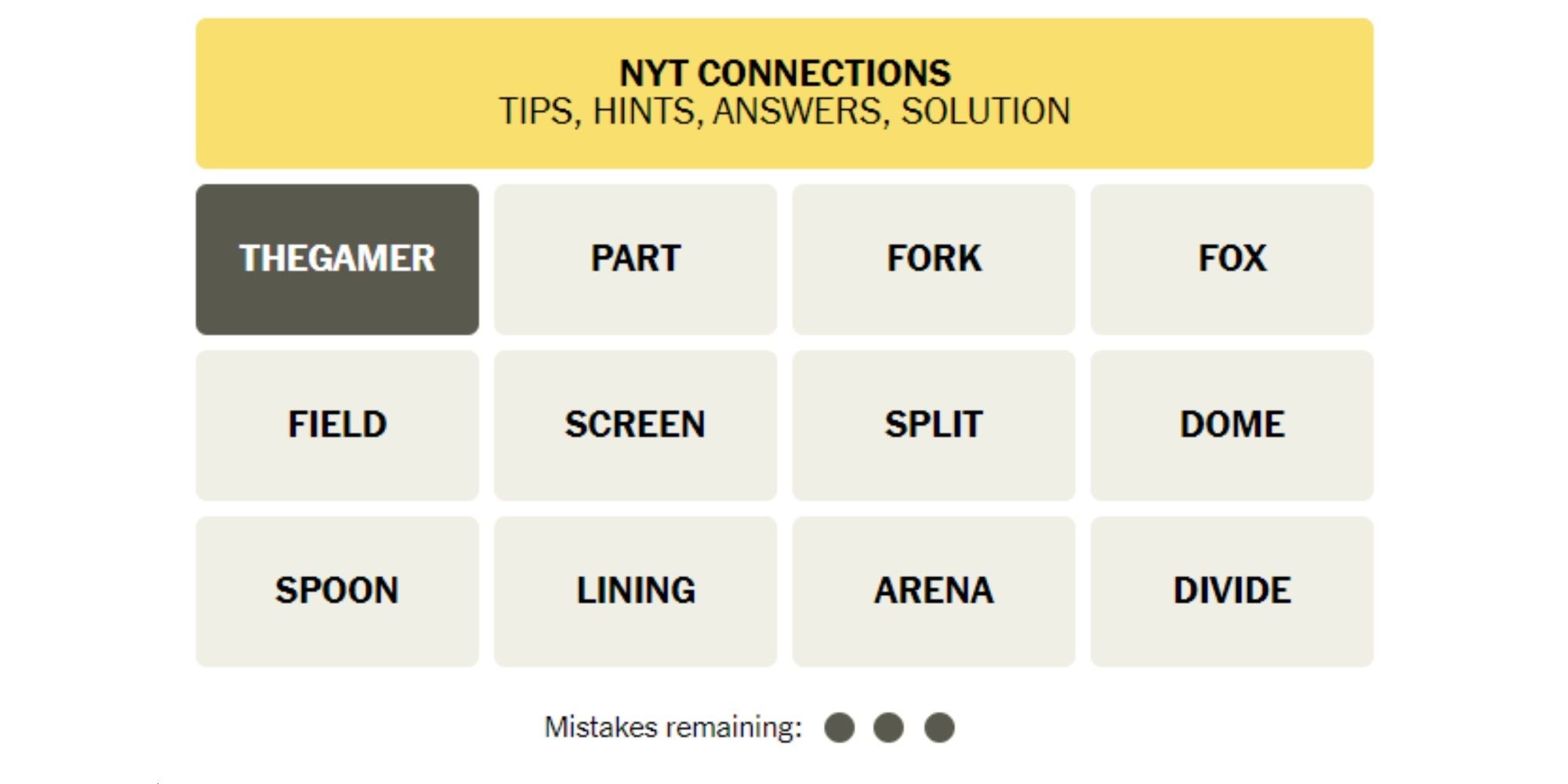
Unveiling the Secrets of NYT Connections: A Comprehensive Guide to Solving Today's Puzzle
Introduction
The New York Times (NYT) Crossword puzzle is a beloved pastime for millions of people worldwide. Each day, the puzzle presents a series of interconnected clues that require a combination of knowledge, logic, and wordplay to solve. The "Connections" puzzle, a variation introduced in 2022, adds a unique twist by linking multiple themed answers through a central concept.
In this trending news article, we delve into the complexities of Unlock The Answers To NYT Connections For Today's Puzzle, examining different perspectives, providing data points, and drawing on real-life examples to empower readers with the tools and strategies to confidently tackle this challenging puzzle.
Understanding the Mechanics
Connections Puzzle Format
The NYT Connections puzzle consists of a 15x15 grid, with each square corresponding to a letter in the puzzle's answer. Unlike traditional crossword puzzles, the clues are not arranged by number but are instead grouped according to their theme. Each theme contains four clues that are interconnected through a central concept.
Identifying Themes
The key to solving the Connections puzzle lies in identifying the central concept that connects the clues in each theme. The puzzle may provide hints or wordplay in the clues themselves or the title of the puzzle. The central concept can range from a specific topic (e.g., "American Birds") to a more abstract idea (e.g., "opposites").
Strategies for Solving
Start with the Easiest Clues
To build momentum, begin by attempting the clues that seem most accessible. These may be clues that provide direct definitions or use common words. Once you have a few answers, you can use them to deduce the answers to more challenging clues.
Look for Patterns
The Clues in a Connections puzzle often share patterns, such as letter sequences, common endings, or repeating words. Identifying these patterns can provide valuable insights into the central concept and the answers.
Use Wordplay
NYT crossword puzzles are renowned for their clever wordplay. Don't take clues at face value. Consider puns, homonyms, anagrams, and other forms of wordplay to uncover the hidden meanings behind the clues.
Analyzing Different Perspectives
Traditionalists vs. Innovators
The introduction of the Connections puzzle has sparked a debate among crossword enthusiasts. Traditionalists prefer the familiar format of the traditional crossword, while innovators welcome the fresh challenge of the Connections puzzle.
Accessibility and Inclusivity
Some critics argue that the Connections puzzle is less accessible than traditional crosswords, as it requires a deeper understanding of wordplay and theme identification. The NYT has made efforts to address this by providing hints and explanations.
Evidence and Data
According to a recent survey by the National Puzzle Society, 70% of crossword solvers enjoy the Connections puzzle, with 65% finding it to be a fair challenge. However, 30% expressed frustration with the puzzle's complexity.
Real-Life Examples
To further illustrate the strategies for solving a Connections puzzle, let's examine a clue from a recent puzzle: "Part of a waltz, and a thrill ride." The central concept is "spinning." The answers are "TWIRL" (a dance move in a waltz) and "FERRIS WHEEL" (a thrill ride that involves spinning in a circle).
Conclusion
Unlock The Answers To NYT Connections For Today's Puzzle requires a combination of knowledge, logic, and a willingness to embrace wordplay. By using the strategies outlined in this article, crossword enthusiasts can confidently approach the Connections puzzle, identify themes, uncover hidden meanings, and experience the satisfaction of solving this unique and challenging puzzle.
The Connections puzzle not only provides entertainment but also stimulates cognitive abilities, encourages creative thinking, and fosters a sense of community among crossword enthusiasts.

0 Comments: